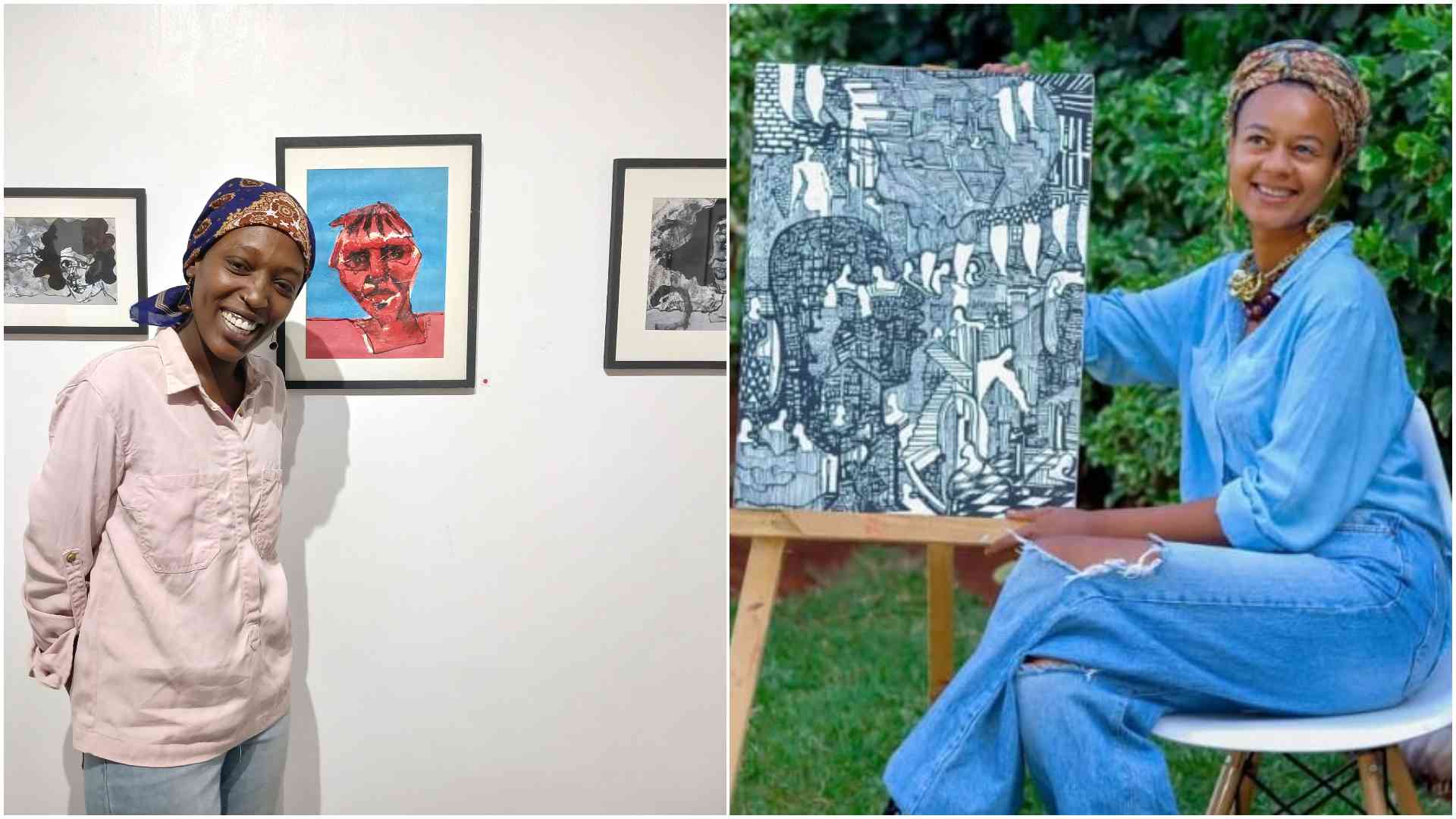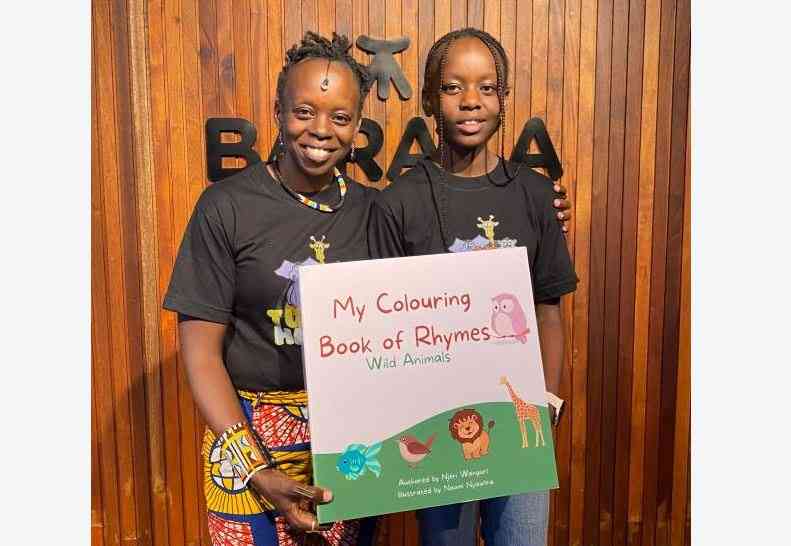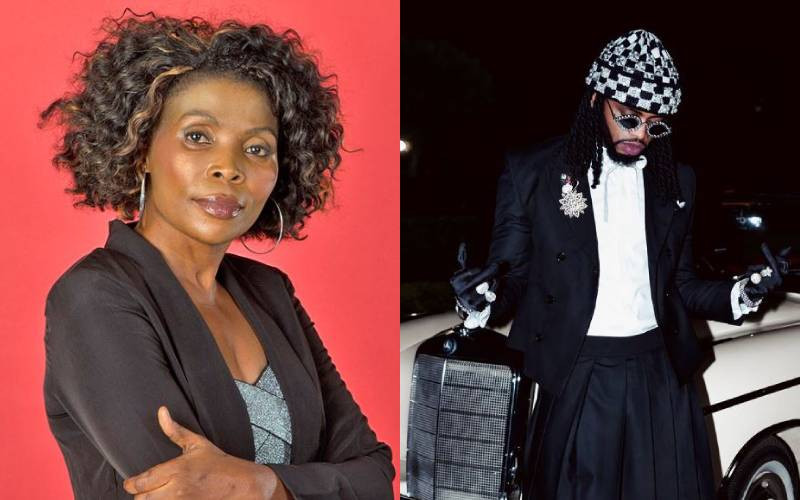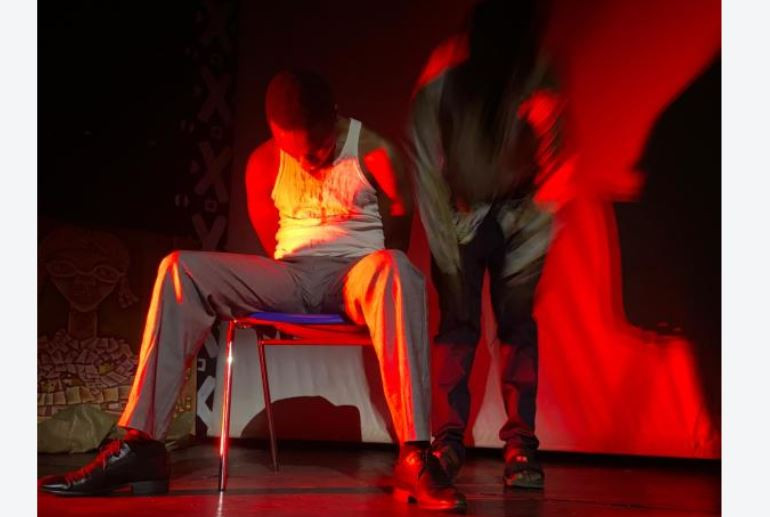
The memory of Jak Katarikawe, one of the finest visual artists to emerge out of East Africa, was honoured in a post-humus event held at the tail-end of a month-long exhibition at the Village Market, last Saturday.
The exhibition, which featured a number of renowned artists from East Africa, was curated by Kofi Osei, a Geneva-based Ghanaian journalist, who is also an art collector. What drew me to the Saturday event was the promise of interacting with art by Katarikwe and get to learn more about this Ugandan artist from a man who interacted closely with him for a number of years.
Katarikawe died in 2018.
Osei, who worked with Katarikawe, as his agent, from 2000, revealed that he was the first African artist to have his work exhibited at The Kremlin, in Russia, in the 1980s. “This was made possible by the Russian ambassador to Kenya, who was particularly impressed by Jak’s art, bought it and took it to Russia,” Osei told the small crowd that was gathered at the Creativity gallery at the Village Market.
In his lifetime, Katarikawe was a happy-go-lucky fellow, a fact that was well illustrated in his paintings, which inevitably had images of elephants and the long-horned Ankole cows, found in his native Kigezi in Uganda. In fact, these cows were like his signature and he always found an excuse of including them in his paintings.
One of Katarikawe’s paintings in the exhibition featured a bride price ceremony. Since such ceremonies tend to be happy events, Katarikawe had to illustrate this with mating cows.
“Jak, in describing the joyous occasion in his painting, said that even cows got so happy, they made love,” explained Osei with a cheeky twinkle in his eyes.
In another painting, Katarikawe depicted the chief’s wife in a compromising position with a younger man, with a cow looking on. Voyeuristic bovine, according to Katarikawe, would blackmail the adulterous woman threatening it would reveal her secret to the chief.
Such was the interesting life of Katarikawe that almost always made it into his canvases. And he loved the happy life. In his lifetime, Katarikawe, who died at the age of 80, married seven wives and had more than 20 children. “Throughout his career, Jak made lots of money but where that money went is another story all together,” said Osei.
Katarikawe’s paintings are exhibited all over the world and have today become a collectors’ item. For example, the Voelkerkunde Museum, Stuttgart, Germany has a collection of more than 140 pieces of Katarikawe’s paintings.
Osei said that he is in the process of compiling Jak’s works to be included in the Catalogue raisonné, an ambitious peer review project that will include details of all the works that the late Ugandan artist produced in his lifetime.
Katarikawe spent the latter part of his life in Kenya, having fled Uganda to escape the brutal Idi Amin regime. While in Kenya, his work was featured in the defunct Gallery Watatu and African Heritage. He was discovered by David Cook, who taught Literature at Makerere University. Katarikawe, who never spent a day in the classroom, served as Prof Cook’s driver.
Prof Cook came across Jak’s sketches stashed in his car’s boot, got impressed and introduced him to Prof Sam Ntiru, who headed the Art Department at Makerere. It was from there that his art career really took off.
It was Prof Cook who taught Katarikawe to sign his name into his paintings.
Osei said that not all of Katarikawe’s paintings at the exhibition were for sale, since some of them belonged to anonymous collectors who wouldn’t wish to part with them. Now, paintings, like land, appreciate in value over the years. For paintings, the value shoots up after the artist dies.
 The Standard Group Plc is a multi-media organization with investments in media platforms spanning newspaper print
operations, television, radio broadcasting, digital and online services. The Standard Group is recognized as a
leading multi-media house in Kenya with a key influence in matters of national and international interest.
The Standard Group Plc is a multi-media organization with investments in media platforms spanning newspaper print
operations, television, radio broadcasting, digital and online services. The Standard Group is recognized as a
leading multi-media house in Kenya with a key influence in matters of national and international interest.











